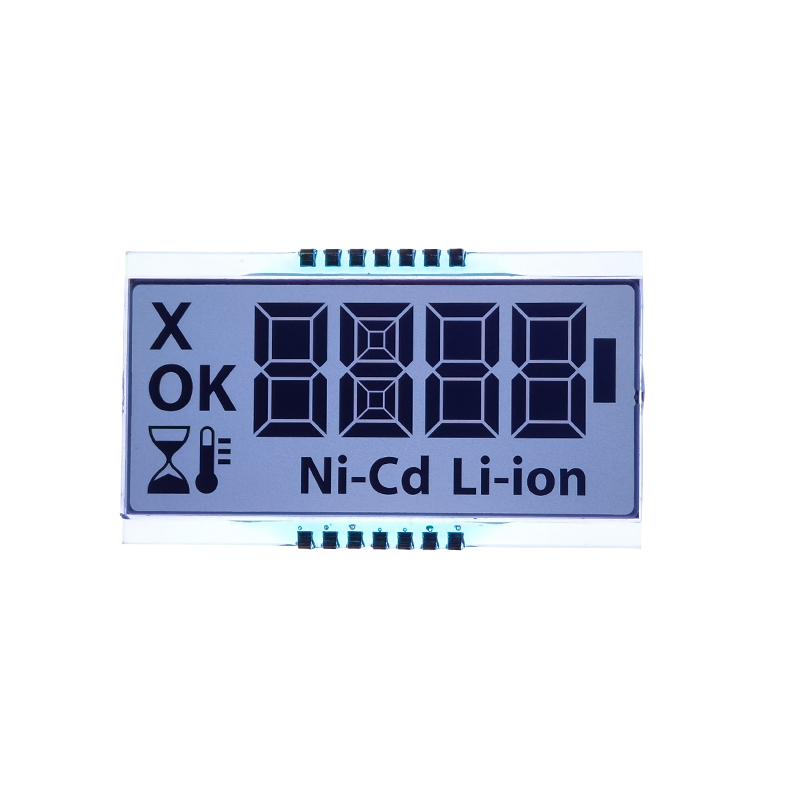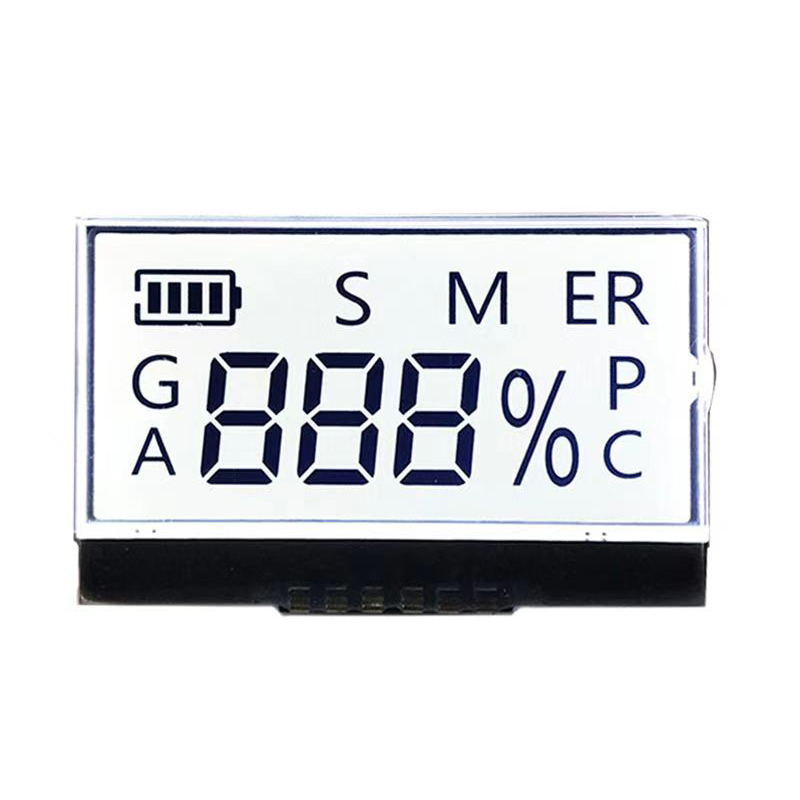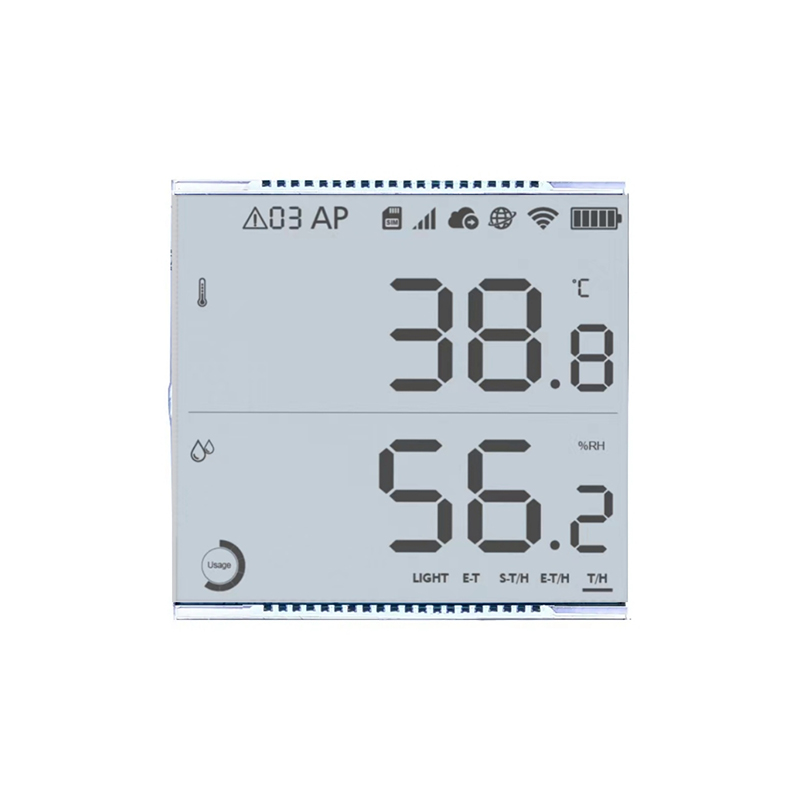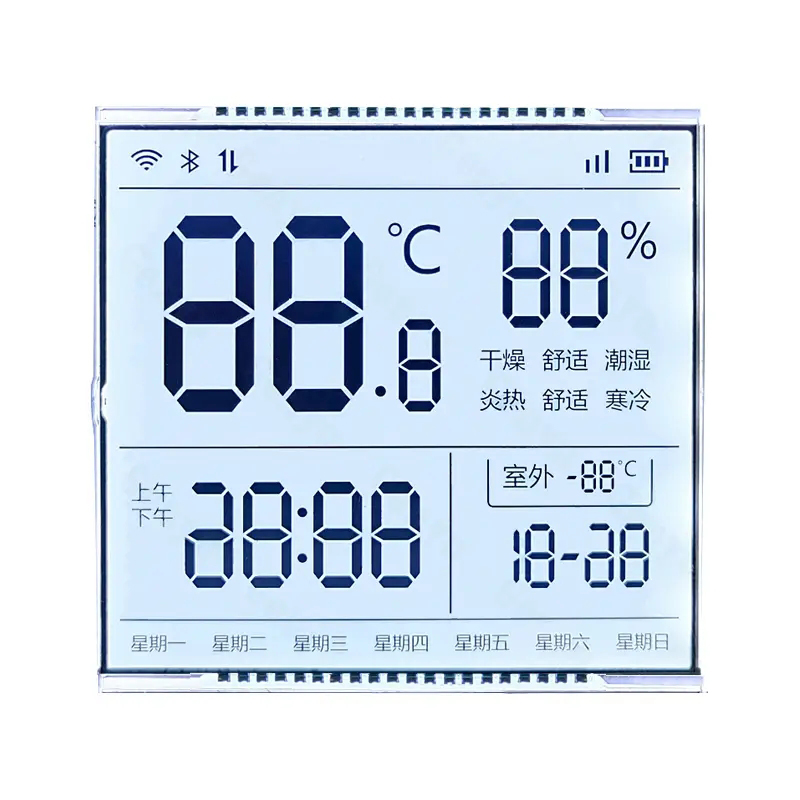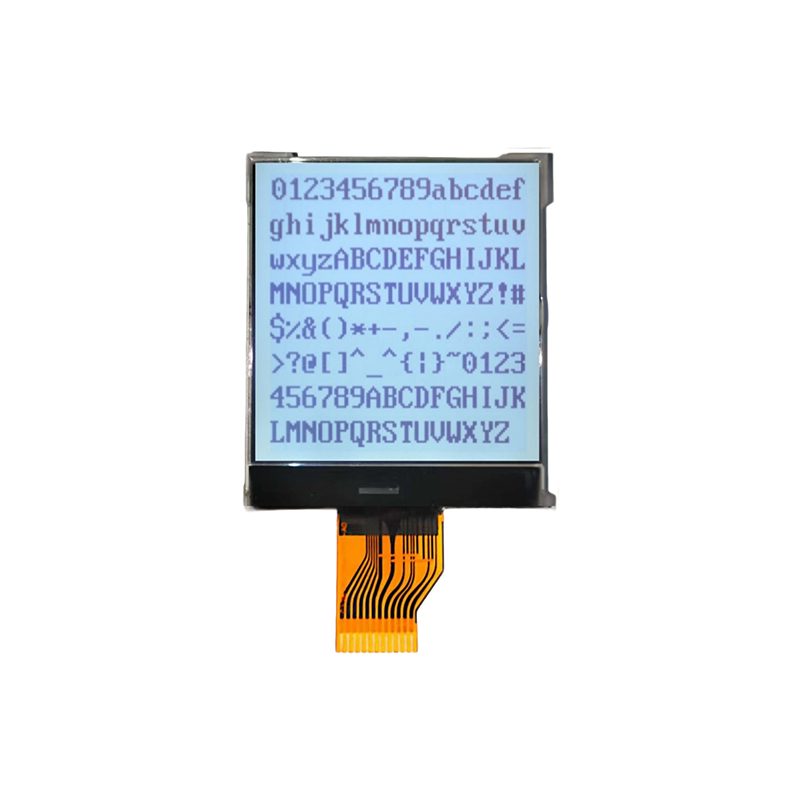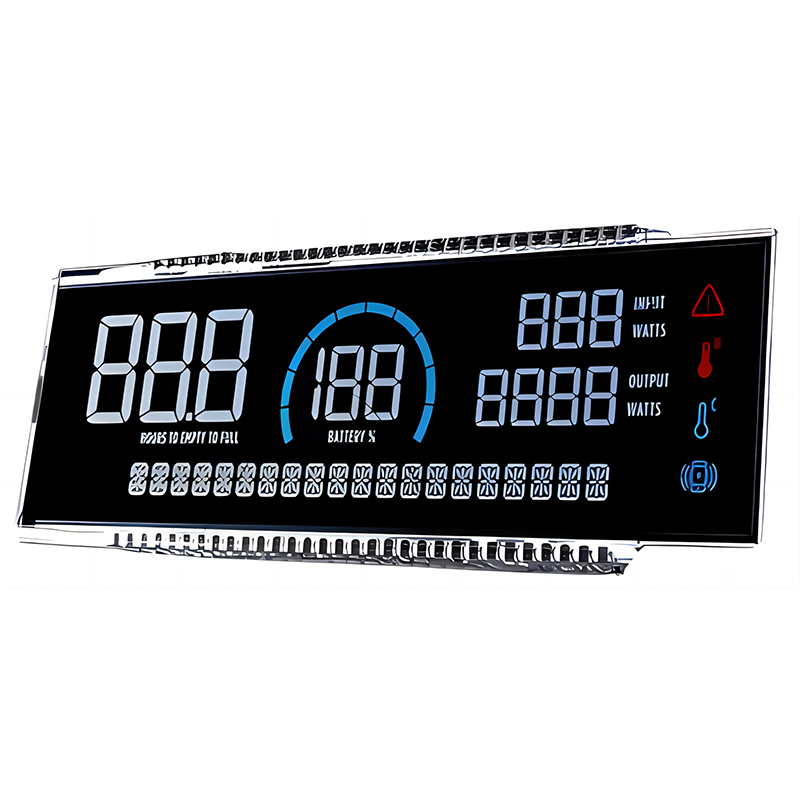
Discover the capabilities and applications of a 0.96 OLED display. This comprehensive guide explores its technical specifications, advantages, limitations, and potential uses across various industries. We'll delve into factors to consider when selecting a display, and provide you with the knowledge to make informed decisions for your project.
An OLED (Organic Light-Emitting Diode) display uses organic compounds to produce light. Unlike LCDs (Liquid Crystal Displays) which require a backlight, each pixel in an OLED display generates its own light. This results in superior contrast ratios, deeper blacks, and vibrant colors. A 0.96 OLED display, specifically, offers a compact yet impactful visual experience.
The exact specifications of a 0.96 OLED display can vary depending on the manufacturer and model. However, common features include:
It's crucial to check the datasheets from individual manufacturers for precise details before selecting a display for your specific needs.
The advantages of utilizing a 0.96 OLED display include its superior image quality, energy efficiency, and compact size, making it ideal for various applications like wearable devices, portable gadgets, and industrial equipment.
While OLED displays offer significant advantages, potential drawbacks include a higher initial cost compared to LCDs, and a shorter lifespan under certain conditions. Burn-in, though less prevalent in modern OLEDs, remains a concern with prolonged display of static content.
The small size and low power consumption make the 0.96 OLED display perfect for smartwatches, fitness trackers, and other wearable devices. The vibrant colors and high contrast enhance the user experience.
These displays find use in industrial settings for displaying critical information such as temperature, pressure, or other sensor readings. The clear visibility and low power consumption are significant assets in these environments.
From small portable devices to other consumer electronics, a 0.96 OLED display can offer a visually appealing and energy-efficient solution for various purposes. Consider its applications in MP3 players, digital thermometers, or even within larger devices as a secondary display.
Selecting the appropriate 0.96 OLED display requires careful consideration of several factors, including resolution, interface compatibility, power requirements, and operating temperature range. Consult datasheets provided by manufacturers such as Dalian Eastern Display Co., Ltd. to compare various models and their specifications. For high-volume projects, it's advisable to work directly with suppliers to find the best fit for your project's requirements.
| Feature | 0.96 OLED Display (Example) |
|---|---|
| Resolution | 128x64 pixels |
| Interface | SPI, I2C |
| Contrast Ratio | >1000:1 |
| Viewing Angle | >160° |
Note: Specifications may vary depending on the manufacturer and specific model. Always consult the manufacturer's datasheet for accurate information.


